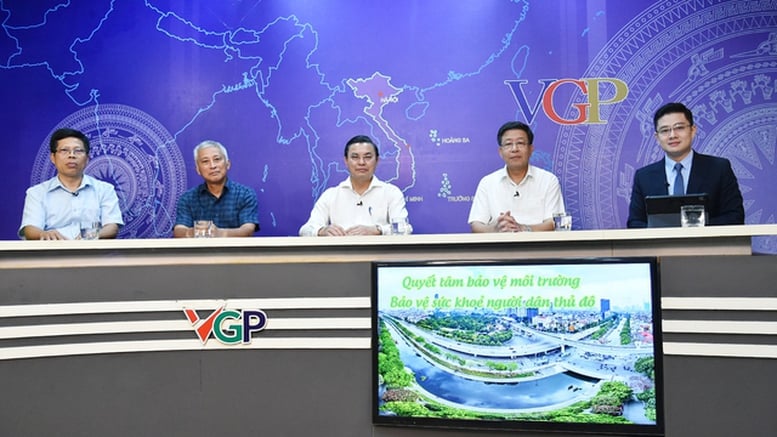
Guests attending the talk show “Resolutely protecting the environment, protecting the people of the capital”. Photo: VGP
The seminar was attended by invited guests, including: Mr. Duong Duc Tuan, Vice Chairman of Hanoi People's Committee; Mr. Hoang Van Thuc, Director of the Department of Environment, Ministry of Agriculture and Environment ; Mr. Hoang Duong Tung, Chairman of Vietnam Clean Air Association; Associate Professor, Dr. Nguyen Van Son, Deputy Director of the Institute of Occupational Health and Environment, Ministry of Health.
The current state of environmental pollution in Hanoi : Alarming numbers
According to a report by the Hanoi Department of Agriculture and Environment, up to 56.1% of air pollution comes from vehicles, especially old and dilapidated motorbikes. Hanoi has nearly 7 million motorbikes with uncontrolled emissions, about 800,000 cars using gasoline, along with pollution factors from industrial production, civil activities, weather and climate. In addition, the wastewater and solid waste treatment system is limited, and fine dust exceeds the allowable threshold many days a year, especially in the winter and spring months.
More worryingly, in recent times, Hanoi has repeatedly ranked second globally in terms of air pollution. Typically, from early morning until noon on July 15, Hanoi's sky was covered in a thick layer of fog. The AQI index at 11am showed that Hanoi ranked second in the world in terms of air pollution. Many satellite images and air quality measurement applications recorded red and purple colors covering the map of Hanoi for many hours, a signal that cannot be ignored.
At the seminar, Dr. Hoang Duong Tung, Chairman of the Vietnam Clean Air Association, emphasized that air quality in Hanoi has seriously declined for many years, especially in winter from October to April of the following year. AQI indexes often reach red, purple, and even brown levels, causing great impacts on public health. What is worrying is that the trend of air pollution is not decreasing but is increasing. This is a 'hot' issue that needs to be put first in urban management and health care.
From a medical perspective, Associate Professor, Dr. Nguyen Van Son, Deputy Director of the Institute of Occupational Health and Environment, said that air pollution has a serious impact on public health as well as on life, especially in large cities like Hanoi. Pollutants include PM2.5 dust, which affects the respiratory system, especially causing or severely affecting people with diseases such as asthma and other respiratory diseases, especially children, the elderly and pregnant women.
Pollution can affect the cardiovascular system when absorbing chemicals and dust, causing atherosclerosis that affects the cardiovascular system such as high blood pressure, myocardial infarction, stroke, and affecting the immune system. When exposed to pollution for a long time, the immune system is weakened and causes infections, chronic diseases and can affect the nervous system, causing neuritis, causing Alzheimer's and Parkinson's diseases.
Associate Professor, Dr. Nguyen Van Son warned that without timely intervention, many people will become ill, leading to overloading of the healthcare system, reducing the ability to work and having long-term effects on the quality of life in large cities.
From the above facts, experts believe that timely solutions are needed, especially "a green transformation push" is needed to solve the pollution problem in Hanoi.
Capital Law 2024 and Directive 20: Specific solutions and clear roadmap
At the seminar, Mr. Duong Duc Tuan, Vice Chairman of Hanoi People's Committee emphasized that Hanoi always clearly defines the viewpoint of sustainable development of the capital associated with the goal of 'Cultured - Civilized - Modern - Green - Smart'. According to Mr. Tuan, the current pollution situation is an urgent issue that needs to be solved with comprehensive solutions, specific actions and feasible roadmap.
To solve the pollution problem, Article 28 of the 2024 Capital Law on environmental protection has assigned Hanoi the task of: "Stipulating criteria, conditions, order, and procedures for determining low-emission zones; deciding on the scope of low-emission zones..."; "Deciding on policies to support organizations and individuals in converting means of transport from using fossil fuels to using clean energy; stipulating measures to limit the use of polluting means of transport; supporting investment in developing transport infrastructure using clean energy"...
Recently, on July 12, 2025, Prime Minister Pham Minh Chinh signed and issued Directive No. 20/CT-TTg directing ministries, branches and localities on a number of urgent tasks to drastically prevent and resolve environmental pollution. For Hanoi, Directive 20 outlines a series of solutions on environmental protection in the field of urban transport, wastewater and solid waste treatment. At the same time, it requires Hanoi to drastically implement urgent issues to promptly resolve environmental pollution issues.
To soon put the provisions of the Capital Law into practice, Vice Chairman of the Hanoi People's Committee Duong Duc Tuan said that implementing the National Assembly's Capital Law 2024, at the end of 2024, the city issued a Resolution regulating low-emission zones and defining procedures and regulations related to establishing low-emission zones.
At that time, Hanoi City planned to pilot in some central areas, such as Ba Dinh and Hoan Kiem districts (before merging and adjusting administrative boundaries). According to the required schedule, in the third quarter of 2025, Hanoi City will standardize the low-emission zone system and must control it according to the belts: Belt 1, Belt 2, Belt 3. For example, Belt 1 used to have 5 districts: Ba Dinh, Hoan Kiem, Hai Ba Trung, Dong Da and Tay Ho. Now that the local administrative unit has been arranged at two levels, the 5 districts have now formed 9 wards. Then the city will expand to Belt 2 and Belt 3 in sync with Directive 20.
According to Vice Chairman of Hanoi People's Committee Duong Duc Tuan, Directive 20 is similar to the Capital Law 2024, also has very specific provisions in implementing Article 28 on the environmental field with the defined goal that Hanoi will have to control low emission zones.
Mr. Duong Duc Tuan said that in the coming time, Hanoi will focus on researching and implementing specific programs, plans and measures to implement the roadmap for controlling vehicle emissions according to the Capital Law 2024 and Directive 20/CT-TTg. In particular, one of the key tasks is to develop a policy mechanism to support the conversion of personal vehicles, especially for people using motorbikes and cars running on gasoline in the central belt area of the capital.
In addition to prioritizing the inner city area, the city also aims to encourage people in areas outside the first ring road, including areas adjacent to the capital region, to gradually convert according to the set timelines for 2026, 2028 and 2030. To do this, Hanoi will issue synchronous policies with the participation of the government, people and businesses, to call for cooperation from vehicle manufacturers and suppliers. Businesses will be facilitated to implement the program of exchanging old cars for new ones, providing green vehicles at preferential prices, supporting part of the conversion costs, ensuring easy access and choice for people.
At the same time, the City is also studying financial policies such as exemption or reduction of registration fees and registration fees for vehicles using green energy, including cars and motorbikes. In contrast, vehicles using fossil fuels will be more strictly controlled in the direction of restricting circulation and encouraging replacement, ensuring harmony and feasibility in the transition process.
It is expected that in September 2025, the Hanoi People's Committee will submit to the City People's Council specialized resolutions to specify the above support mechanisms and management tools, in accordance with the roadmap required by Directive 20.
At the same time, the city also clearly identified that the transition to electric vehicles must go hand in hand with the development of a synchronous technical infrastructure system, especially charging stations. In the immediate future, in the beltway area 1 - the first place to apply the roadmap to eliminate gasoline motorbikes from July 1, 2026 - the charging station system will be standardized in the planning, strongly implemented in the form of public investment combined with socialization. This not only ensures the need for use but also requires high technical safety, fire prevention, fire fighting, and rescue - especially related to electric vehicle batteries.
According to Vice Chairman Duong Duc Tuan: "The process of pollution control needs to ensure harmony between the interests of the State, businesses and people. This is not only an environmental issue, but also the foundation for building a modern, sustainable and livable Hanoi for future generations."
Affirming that environmental pollution in Hanoi is an urgent issue that needs to be resolved to improve the quality of life and health of the people, the Vice Chairman of the Hanoi People's Committee emphasized that environmental protection is not the sole responsibility of the State or local authorities but the shared responsibility of the whole society. He called on the people and the business community to join hands to act for a livable Hanoi, in which the government plays a guiding, creative and supportive role, while the people and businesses are the most effective enforcement force.
Thuy Chi
Source: https://baochinhphu.vn/cap-bach-giai-quyet-tinh-trang-o-nhiem-ha-noi-day-manh-thiet-lap-vung-phat-thai-thap-102250715193244803.htm


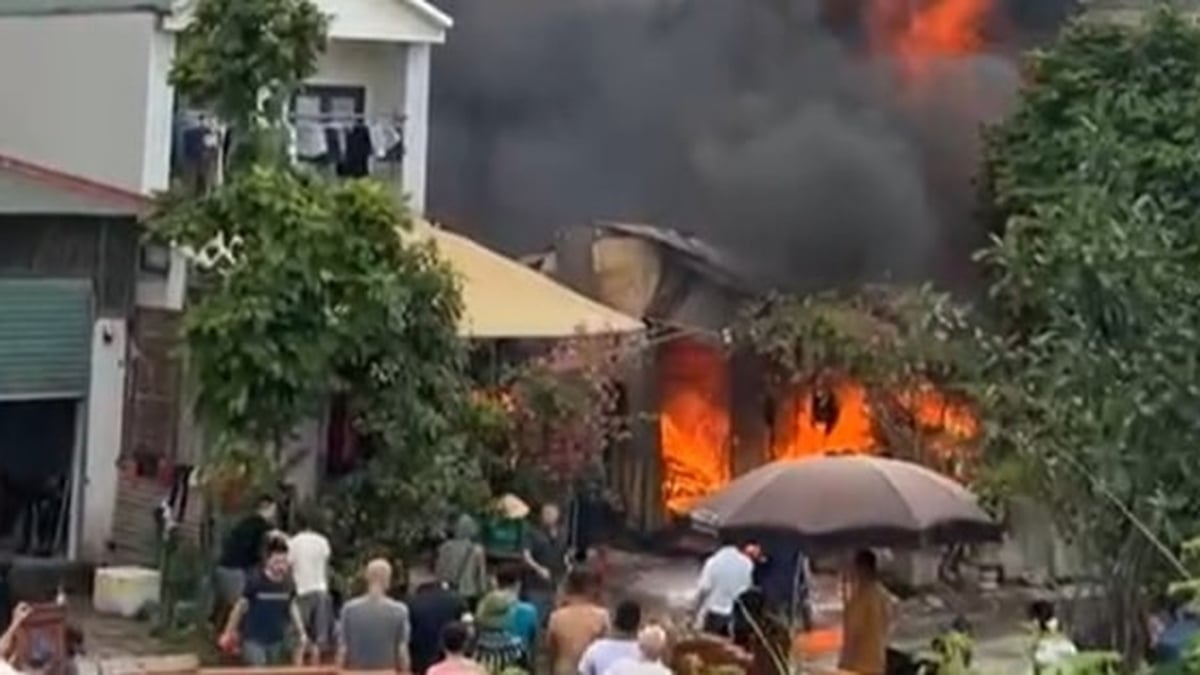
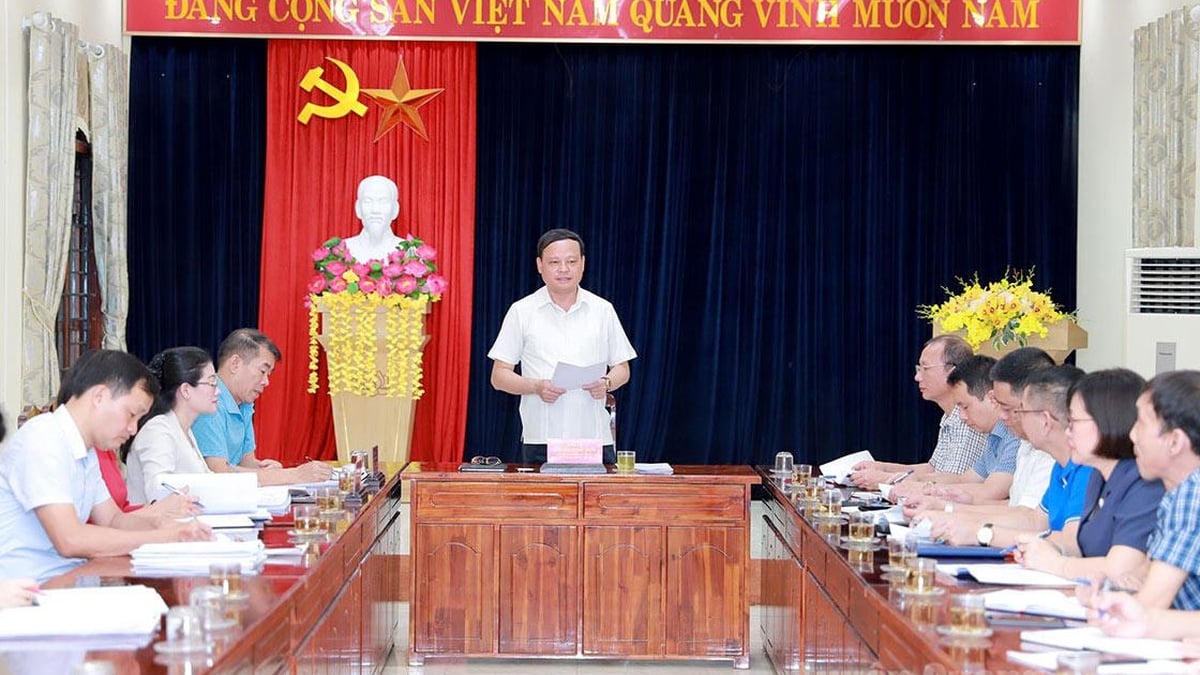
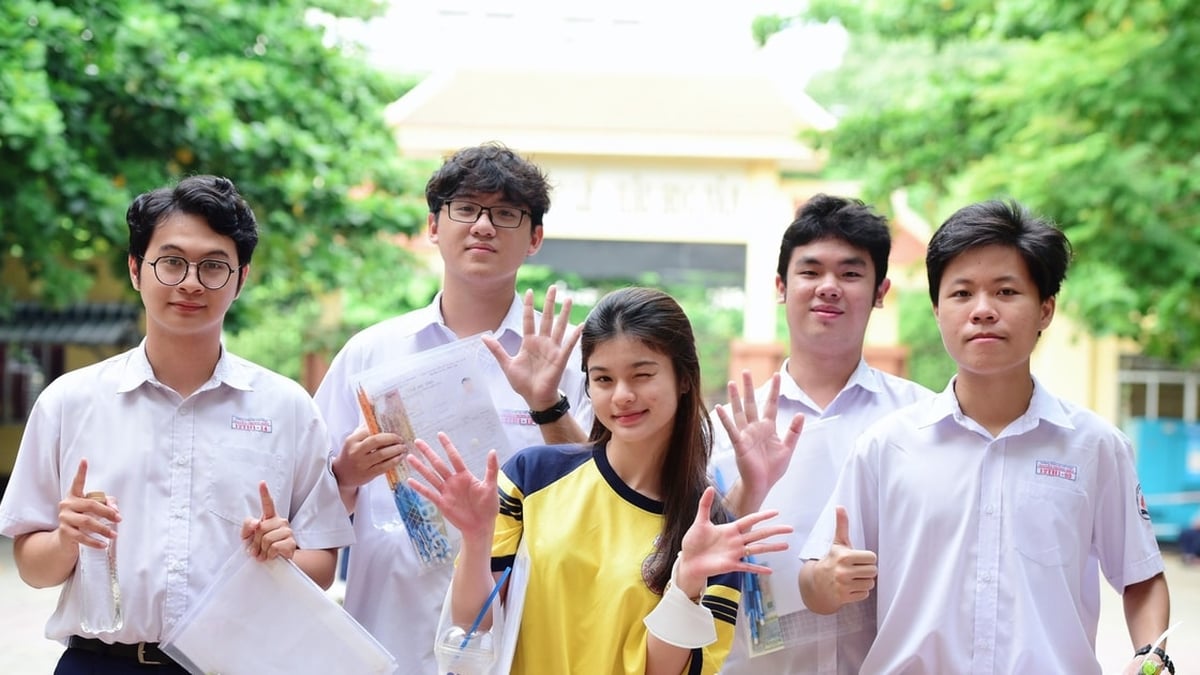
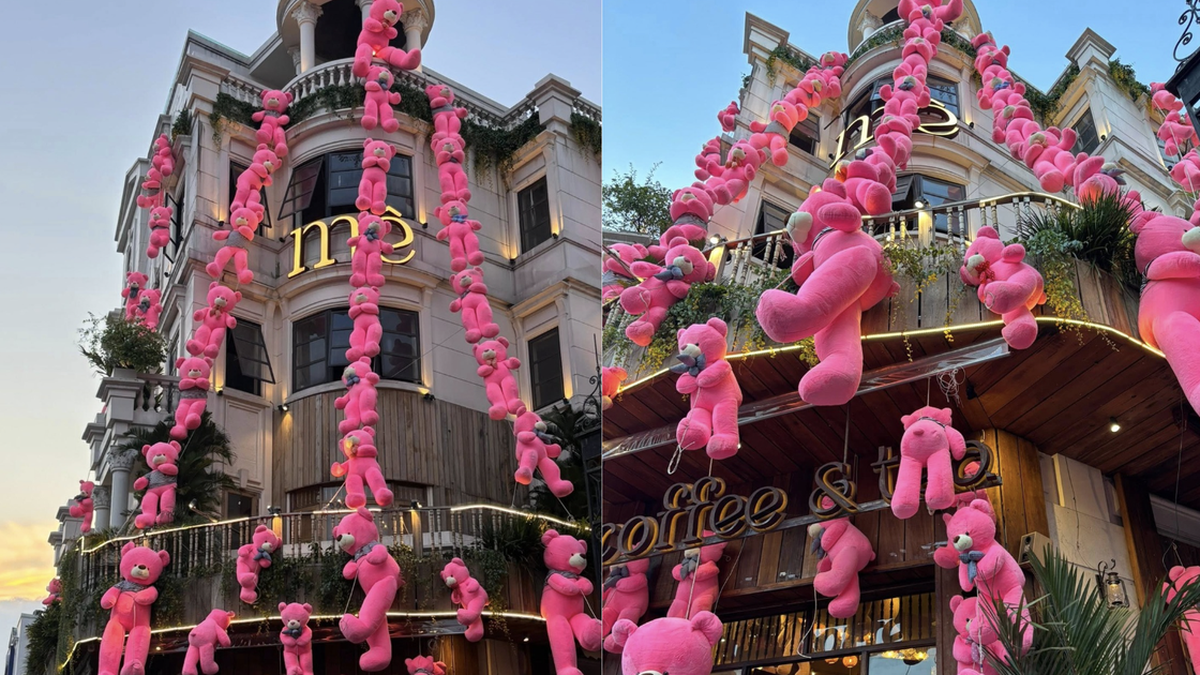
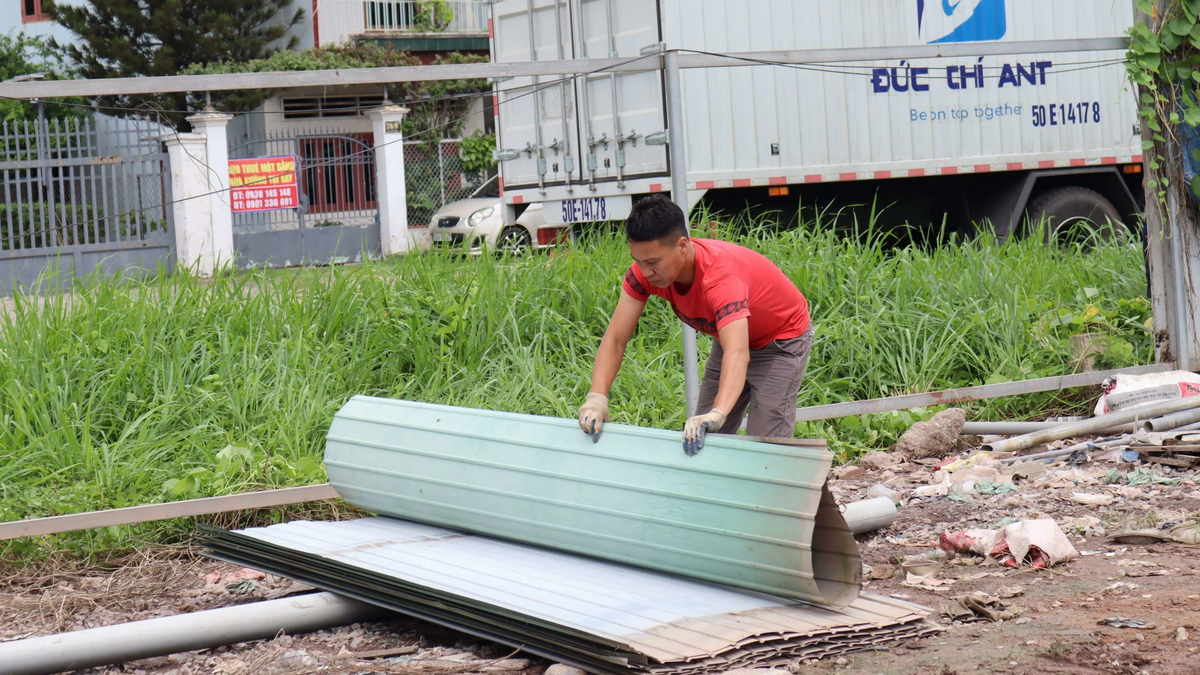
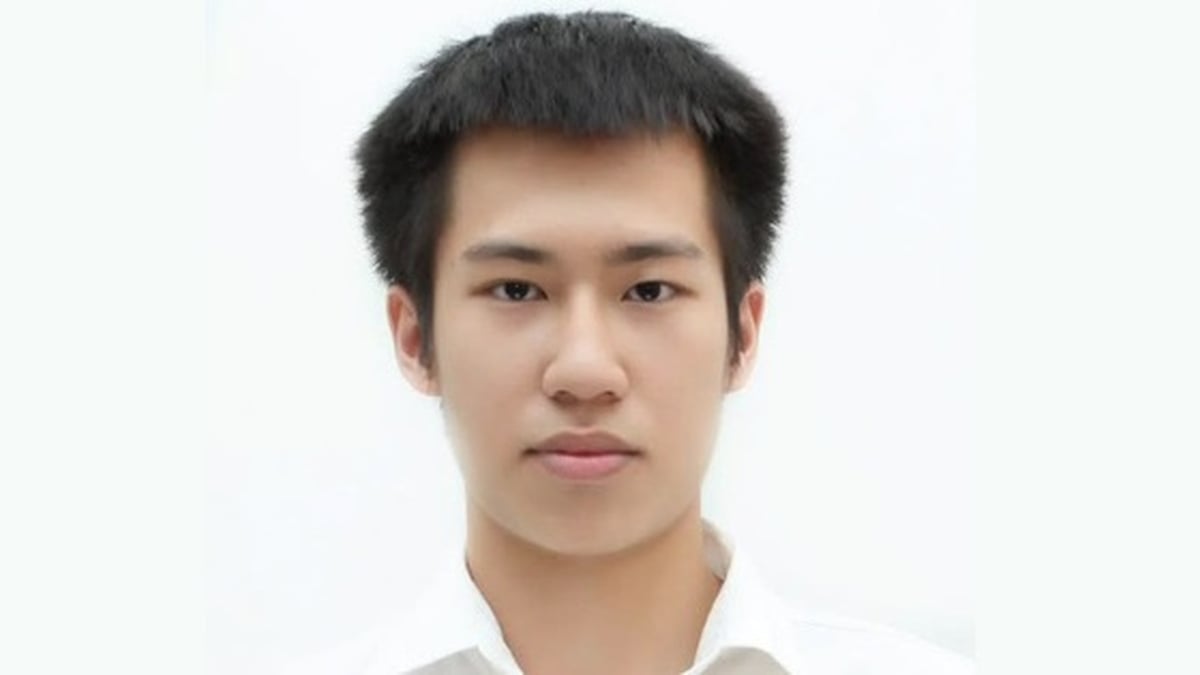


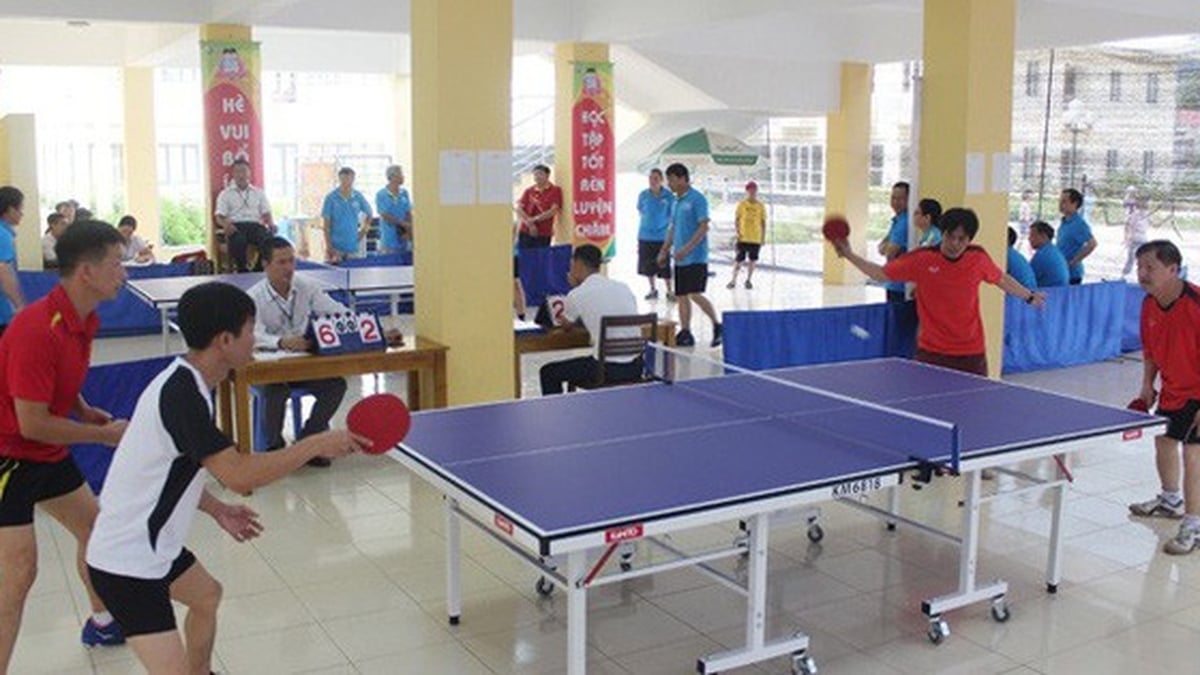
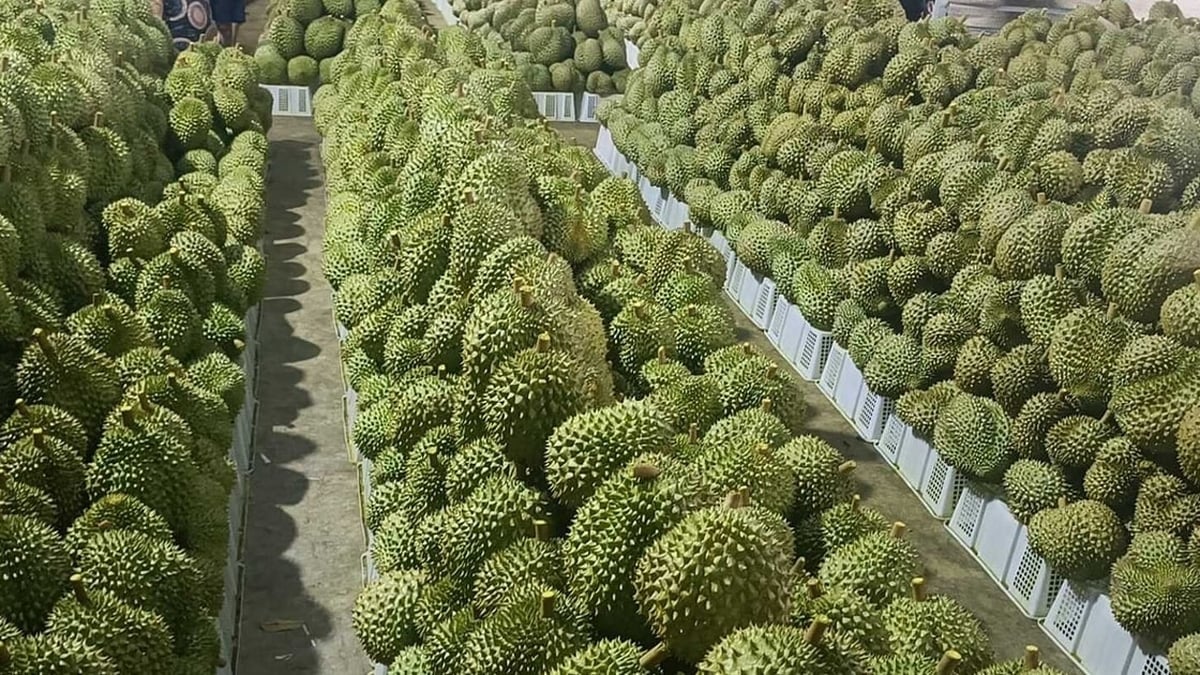


























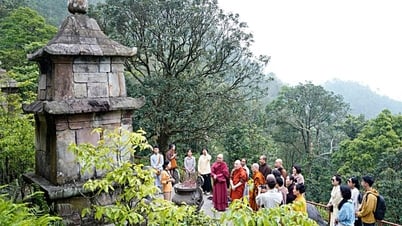






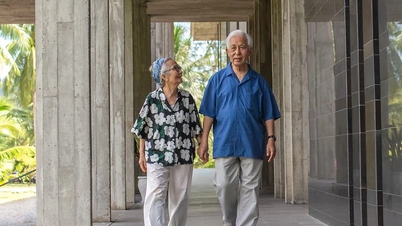

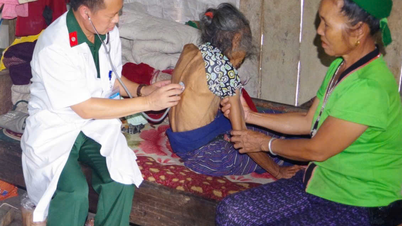







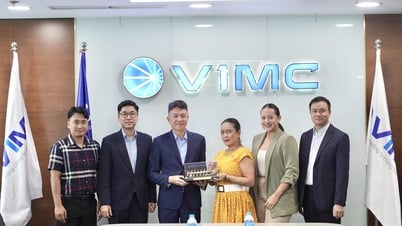

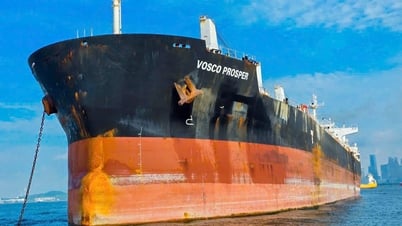

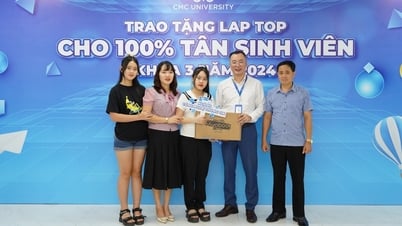

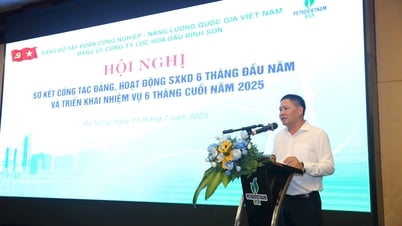

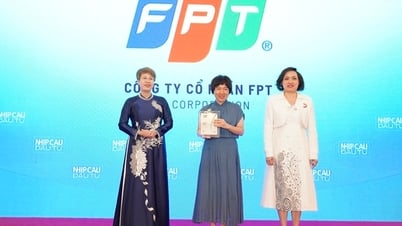
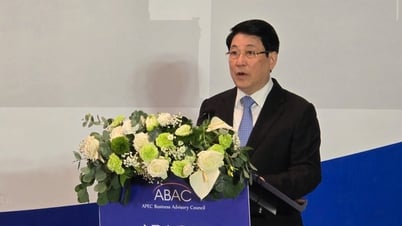



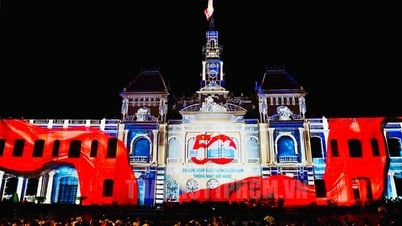
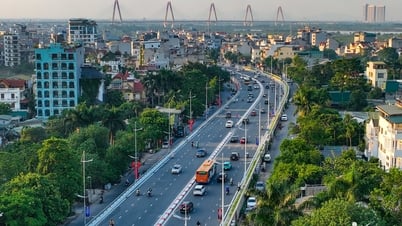
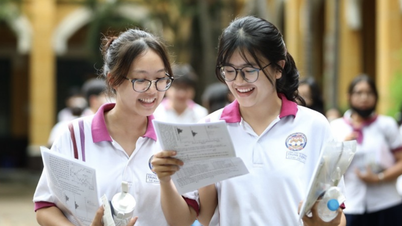
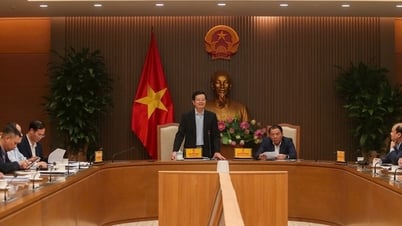


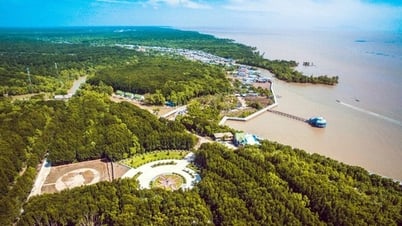
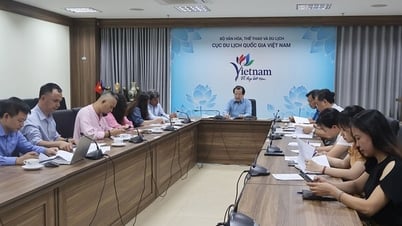





















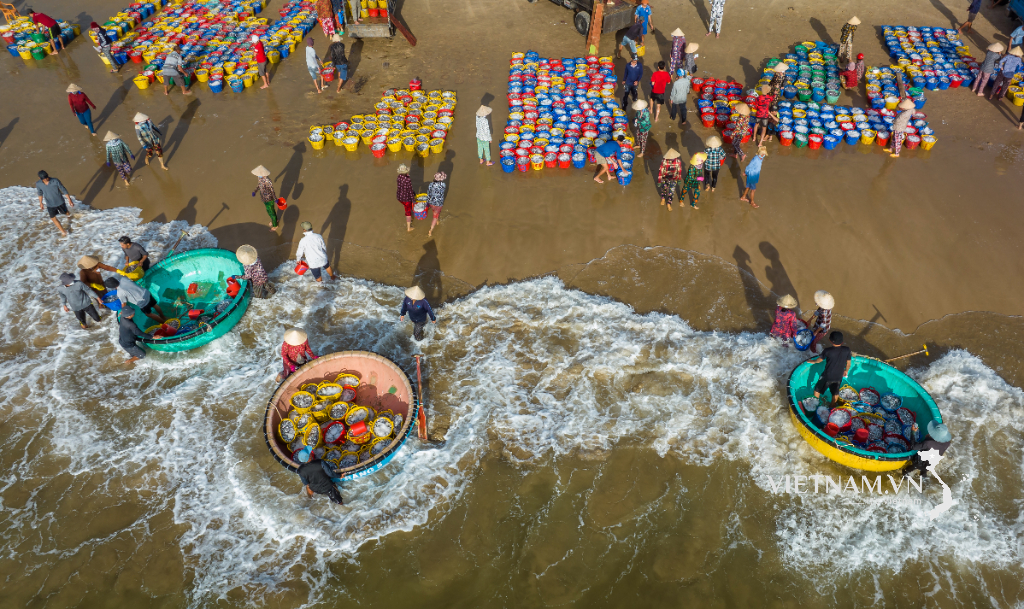



Comment (0)